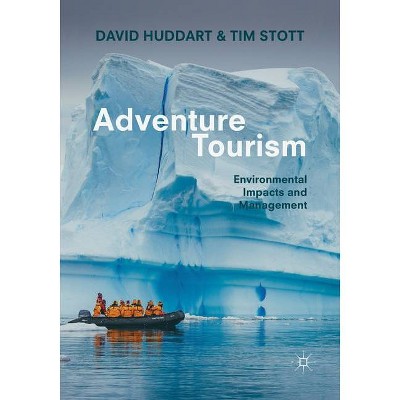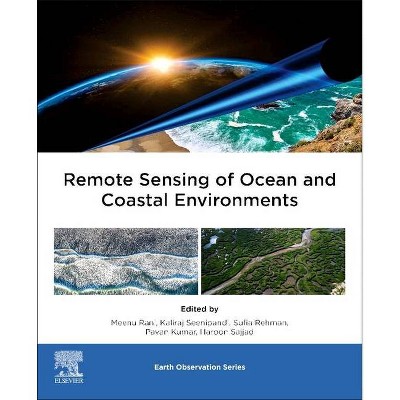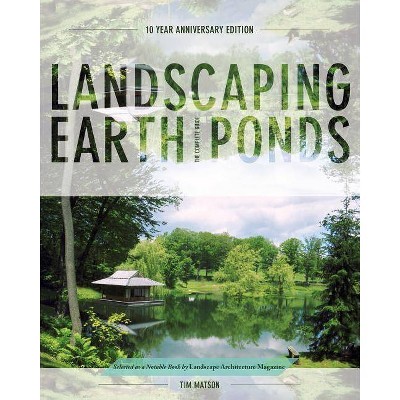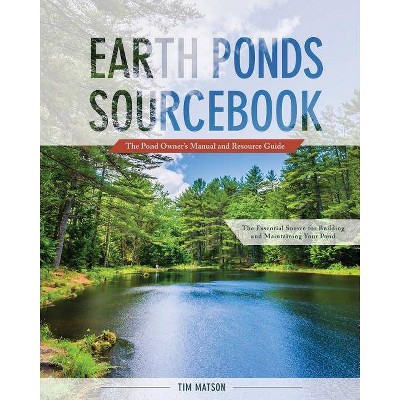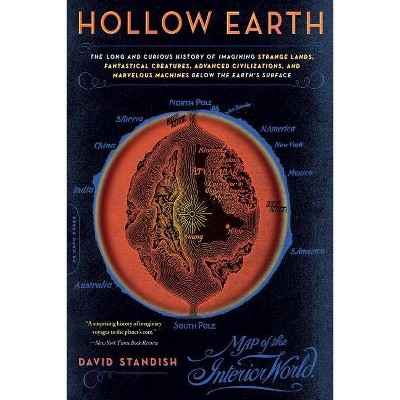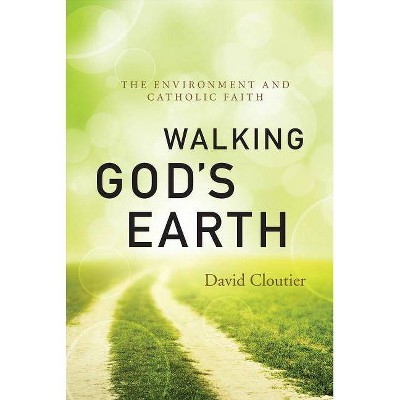Earth Environments - 2nd Edition by Tim A Stott & David Huddart (Paperback)
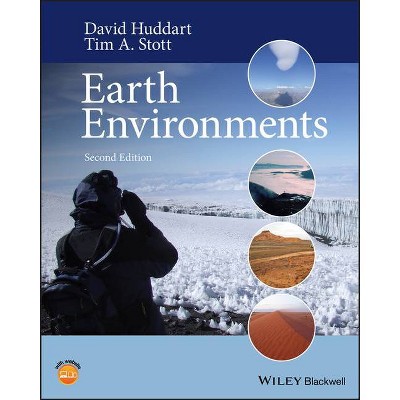
Similar Products
Products of same category from the store
AllProduct info
<p/><br></br><p><b> About the Book </b></p></br></br>"This book provides a comprehensive coverage of the major topics within undergraduate study programmes in geosciences, environmental science, physical geography, natural hazards and ecology. The text introduces students to the Earth's four key interdependent systems: the atmosphere, lithosphere, hydrosphere and biosphere, focussing on their key components, interactions between them and environmental change. Topics covered include: An earth systems model; components systems and processes: atmospheric systems; oceanography, endogenic geological systems and exogenic geological systems, biogeography and, aspects of the Earth's Record. The impact of climate and environmental change is discussed in a final chapter which draws together Earth's systems and their evolution and looks ahead to future earth changes and environments and various time periods in the geological record. Throughout the book geological case studies are used in addition to the modern processes"--<p/><br></br><p><b> Book Synopsis </b></p></br></br><p><b>Comprehensive coverage of the whole Earth system throughout its entire existence and beyond</b></p> <p>Complete with a new introduction by the authors, this updated edition helps provide an understanding of the past, present, and future processes that occur on and in our Earth--the fascinating, yet potentially lethal, set of atmospheric, surface, and internal processes that interact to produce our living environment. It introduces students to our planet's four key interdependent systems: the atmosphere, lithosphere, hydrosphere and biosphere, focusing on their key components, the interactions between them, and environmental change. The book also uses geological case studies throughout, in addition to the modern processes.</p> <p>Topics covered in the <i>Second Edition</i> of <i>Earth Environments: Past, Present and Future </i>include: an Earth systems model; components systems and processes; atmospheric systems; oceanography; surface and internal geological systems; biogeography; and aspects of Earth's record. The book also discusses the impact of climate and environmental change in a final chapter that draws together Earth's systems and their evolution, and looks ahead to potential future changes in Earth's environments.</p> <ul> <li>Updated to include all the major developments since 2008</li> <li>Features research boxes containing summaries based on recent key journal articles</li> <li>Includes a companion web site containing multiple choice revision quizzes for students, PowerPoint slides for lecturers, useful links, and more</li> <li>Presents further reading for each topic so that students can build their knowledge base to underpin their own undergraduate research project/dissertation</li> <li>Offers additional case studies in each chapter for enhanced reader understanding</li> </ul> <p><i>Earth Environments: Past, Present and Future</i> is an excellent text for undergraduates in geosciences, environmental science, physical geography, natural hazards, and ecology.</p><p/><br></br><p><b> From the Back Cover </b></p></br></br><p><b>Comprehensive coverage of the whole Earth system throughout its entire existence and beyond</b> <p>Complete with a new introduction by the authors, this updated edition helps provide an understanding of the past, present, and future processes that occur on and in our Earth--the fascinating, yet potentially lethal, set of atmospheric, surface, and internal processes that interact to produce our living environment. It introduces students to our planet's four key interdependent systems: the atmosphere, lithosphere, hydrosphere and biosphere, focusing on their key components, the interactions between them, and environmental change. The book also uses geological case studies throughout, in addition to the modern processes. <p>Topics covered in the second edition of <i>Earth Environments</i> include: an Earth systems model; components systems and processes; atmospheric systems; oceanography; surface and internal geological systems; biogeography; and aspects of Earth's record. The book also discusses the impact of climate and environmental change in a final chapter that draws together Earth's systems and their evolution, and looks ahead to potential future changes in Earth's environments. <ul> <li>Updated to include all the major developments since the publication of the 1st edition in 2008</li> <li>Features research boxes containing summaries based on recent key journal articles</li> <li>Includes a companion website containing multiple choice revision quizzes for students, PowerPoint slides for lecturers, useful links, and more</li> <li>Presents further reading for each topic so that students can build their knowledge base to underpin their own undergraduate research projects and dissertations</li> <li>Offers additional case studies in each chapter for enhanced reader understanding</li> </ul> <p><i>Earth Environments</i> is an excellent text for undergraduates in geosciences, environmental science, physical geography, natural hazards, and ecology.<p/><br></br><p><b> About the Author </b></p></br></br><p><b>David Huddart, PhD, </b> is Emeritus Professor and former Associate Dean of Research and Knowledge Transfer at Liverpool John Moores University, UK. <p><b>Tim A. Stott, PhD, </b> is Professor of Physical Geography and Outdoor Education at Liverpool John Moores University, UK.
Price History
Price Archive shows prices from various stores, lets you see history and find the cheapest. There is no actual sale on the website. For all support, inquiry and suggestion messagescommunication@pricearchive.us
